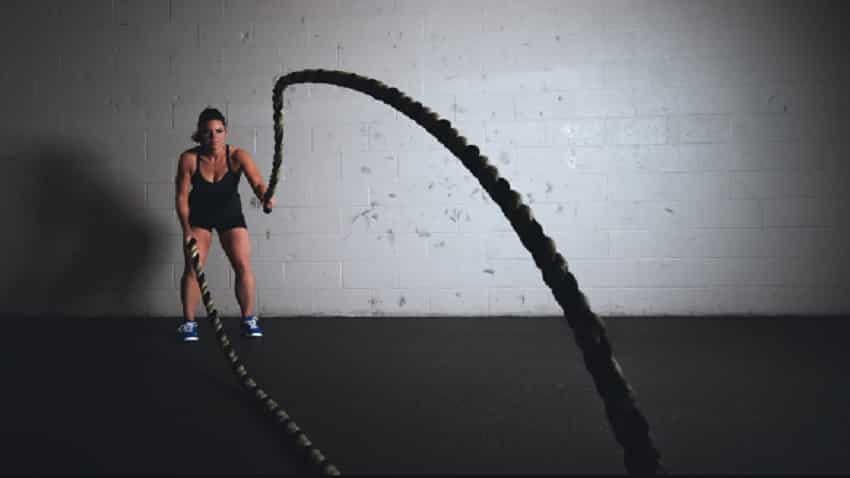Exercise induced asthma: 8 tips to handle broncho problem
Exercise induced asthma is a condition of respiratory difficulty (broncho-constriction) that lasts several minutes. It is triggered by aerobic exercise. Its causes include medical conditions, environmental factors, and medications.
Exercise-induced asthma
Symptoms of exercise-induced asthma during or following exercise include chest tightness or pain, cough, shortness of breath, wheezing, underperformance or poor performance on the field, fatigue and prolonged recovery time. Dr Rajesh Gupta, Additional Director, Pulmonology, Fortis Hospital, NOIDA shares some steps to manage this problem. Eight steps to manage Exercise Induced Asthma:
Tip 1 to Manage Exercise Induced Asthma

Sports selection can be helpful in guiding an athlete toward the performance of sports in environments that are less likely to cause bronchospasm. A sport with less prolonged aerobic demands (e.g. sprinting, weight lifting, baseball, football) is better tolerated by affected athletes. (Photo: Reuters)
Tip 2 to Manage Exercise Induced Asthma

Tip 3 to Manage Exercise Induced Asthma

Tip 4 to Manage Exercise Induced Asthma

Tip 5 to Manage Exercise Induced Asthma

Tip 6 to Manage Exercise Induced Asthma

Tip 7 to Manage Exercise Induced Asthma

The first step of treatment of an acute attack of Exercise Induced Asthma includes immediately removing the patient from competition or play. The patient needs to be providedimmediate administration of rapid onset, short-acting ß2 -agonist via a metered-dose inhaler (MDI) using a Spacer device. If the patient`s response is not satisfactory, transportation to an emergency facility is initiated, because the EIA attack may escalate. (Photo: Pixabay)





